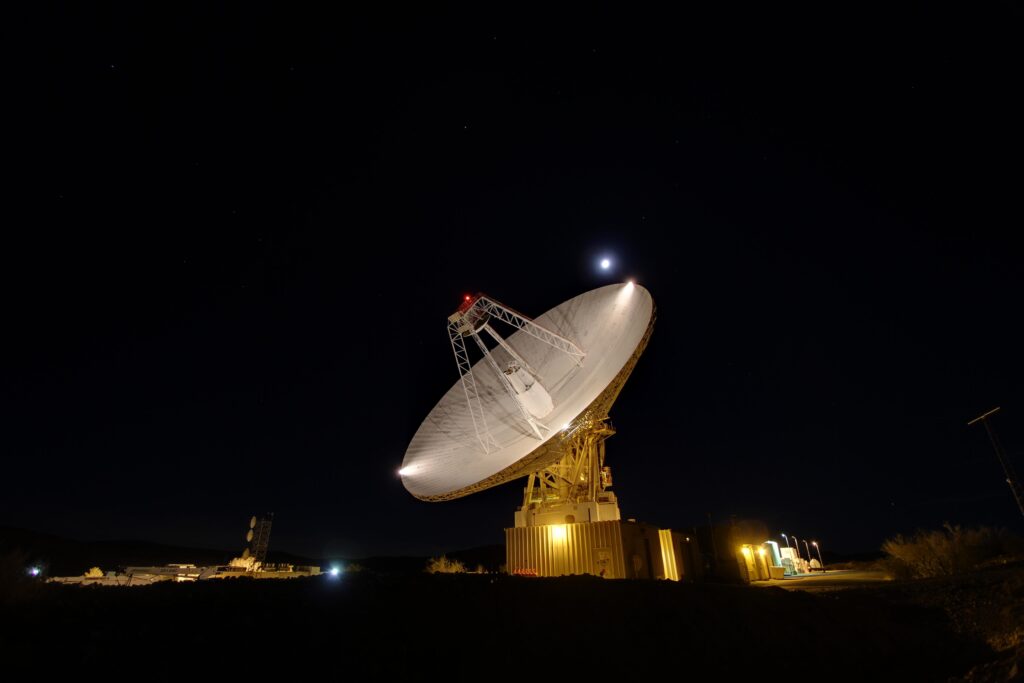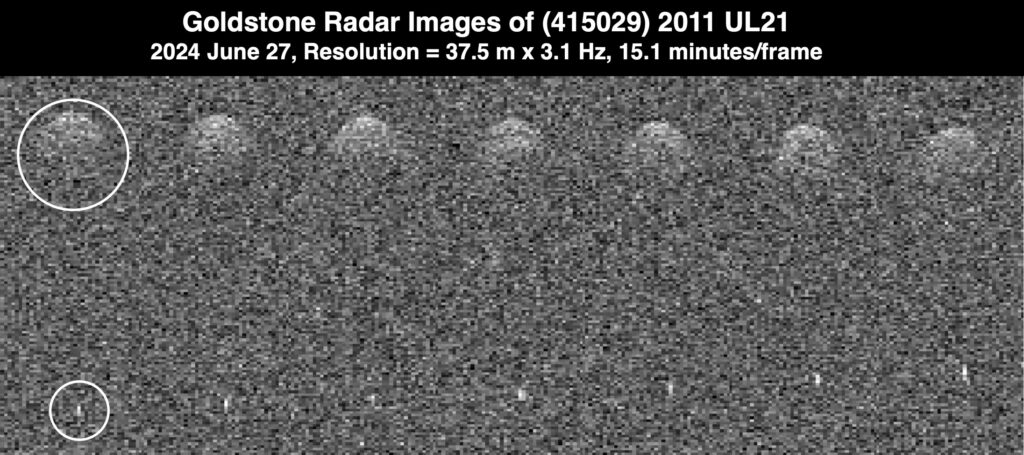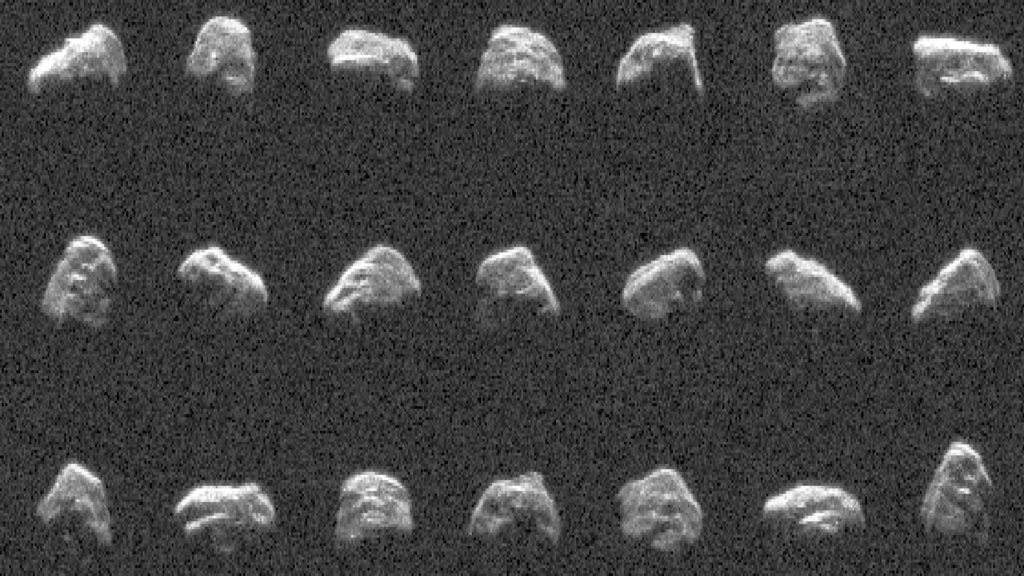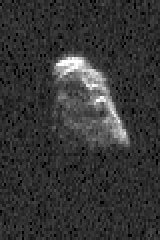Scientists from NASA’s Jet Propulsion Laboratory (JPL) used the Goldstone Long-Range Space Communications Complex radar to study two near-Earth asteroids that came close to our planet in late June. It turns out that one of them owns a tiny moon.
Asteroid companion
The end of last month was very busy for scientists from JPL. On June 27 and 29, two asteroids were to approach our planet. The researchers decided to study them using the 70-meter antenna of the Goldstone Long-Range Space Communications Complex. To do this, they transmitted radio waves to the asteroids and then received the reflected signals.

Goldstone’s first target was asteroid 2011 UL21. It was discovered in 2011, its diameter is 1.5 km. On June 27, the asteroid flew at a distance of 6.6 million km from our planet. This is about 17 times the distance between the Earth and the Moon.
Observations showed that the asteroid was roughly spherical in shape. In addition, it was found to be a binary system. 2011 UL21 has a small companion that orbits at a distance of about 3 km from it.

About two-thirds of asteroids of this size are thought to have companions. Studying them is important because astronomers can use mutual position measurements to estimate orbits, masses, and densities, providing key information about how such objects may have formed. It is also worth noting that 2011 UL21 is classified as potentially dangerous. However, calculations of its future orbits show that it doesn’t pose a threat to our planet in the foreseeable future.
Convergence every few decades
Just two days after the visit of 2011 UL21, the 150-meter asteroid 2024 MK approached Earth, flying at a distance of 295 thousand kilometers (this is just over three quarters of the distance between the Moon and the Earth). Such close approaches to near-Earth objects the size of 2024 MK are relatively rare, occurring on average once every couple of decades. So the JPL team sought to collect as much data about the object as possible. Meanwhile, since 2024 MK was discovered just 13 days before the visit, scientists didn’t have much time to prepare observations.

To study 2024 MK, researchers again used the Goldstone Complex’s 70-meter antenna to transmit radio waves. But this time the reflected signal was received by a 34-meter antenna. The obtained images showed that the asteroid had an elongated and angular shape with noticeable flat and rounded areas. Its surface shows depressions, ridges and boulders about 10 meters wide.

During the visit, Earth’s gravity altered 2024 MK’s orbit, shortening its orbital period by about 24 days. Although this asteroid is classified as potentially dangerous, calculations show that it doesn’t pose a threat to our planet in the foreseeable future.
You can also read our material about where meteorite craters are preserved in Ukraine.
According to JPL


